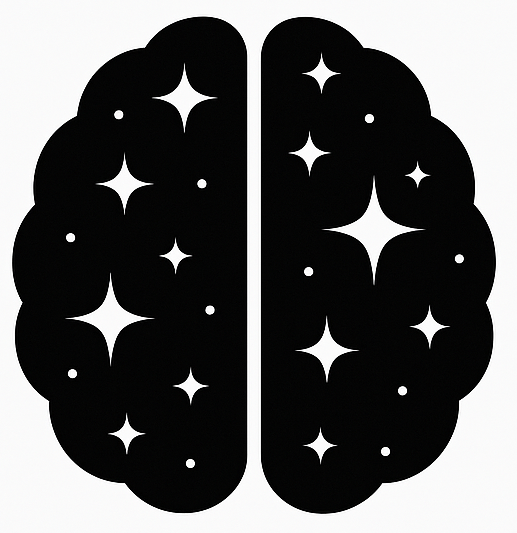If you’ve ever left a therapy session thinking, “They just don’t get me,” you’re not alone. Many neurodivergent people — those with ADHD, autism, BPD, or who are twice exceptional (2e) — have felt misunderstood or dismissed in traditional counseling. You might even have left feeling worse than when you arrived.
That’s because most therapy models weren’t built for neurodivergent minds. Traditional counseling often assumes everyone thinks, feels, and communicates the same way. But if you’re neurodivergent, those assumptions may not fit your experience at all.
That’s where neurodivergent-affirming therapy comes in. Let’s break down what it is, why it matters, and how it’s different.
🧩 Why Traditional Therapy Falls Short
Many therapy approaches were created around neurotypical norms. These models expect things like:
- Eye contact as a sign of engagement
- Linear thinking and structured reflection
- Talking about emotions clearly and quickly
- Homework assignments or journaling
- Fast progress and clear-cut goals
But for neurodivergent clients, these expectations can feel impossible, exhausting, or invalidating.
For example:
- An autistic client might struggle with abstract questions.
- Someone with ADHD may forget the assignment between sessions.
- A 2e client could hide their struggles behind a mask of success.
- A client with BPD might feel dismissed when the therapist focuses only on logic.
It’s not that neurodivergent clients don’t want help. It’s that the help they’re offered often doesn’t fit how they process the world.
💡 What Makes Therapy Neurodivergent-Affirming?
Neurodivergent-affirming therapy adapts to how your brain works. It’s built on validation, flexibility, and collaboration — not on forcing you to “act normal.”
Here’s what it looks like:
✅ Sensory awareness — respecting your comfort with lighting, pacing, and breaks
✅ Flexible structure — allowing tangents, non-linear thinking, and visual supports
✅ No forced eye contact — you can show up exactly as you are
✅ Validation over pathology — recognizing traits like emotional intensity or focus shifts as part of who you are
✅ Trauma-informed care — understanding how trauma often intersects with being neurodivergent
✅ Adapted communication — using literal language, clear consent, and space to process
✅ Creative tools — using special interests, storytelling, movement, or humor to build connection
🌿 What This Looks Like in My Practice
In therapy with me, you won’t have to pretend or mask. You can stim, pause, or bring your special interest into session. You can communicate in whatever way works best for you — through writing, drawing, or even memes.
Together, we’ll explore:
- Burnout and executive dysfunction
- Relationship struggles and boundaries
- Unmasking and self-acceptance
- Emotional regulation
- Identity and diagnosis
You’ll never be told to “just try harder” or “stay positive.” Instead, you’ll get support that actually fits you.
🌱 Why This Approach Matters
When therapy affirms your neurodivergence, something powerful happens. You stop feeling like you’re the problem. Therapy becomes a place to heal, grow, and build a life that works for you.
It reduces shame.
It creates safety.
It honors the way your brain works — instead of trying to fix it.
You are not too much. You’ve just spent too long fighting to be understood.
💬 Ready to Find Therapy That Fits?
If therapy has ever made you feel unseen, it’s not because you’re broken. It’s because you haven’t had therapy designed for your brain.
Whether you’re navigating ADHD, autism, BPD, or simply tired of feeling misunderstood, I’m here to help. You deserve therapy that meets you where you are.
Contact Me:
📧 [email protected]
📞 828-489-9195

